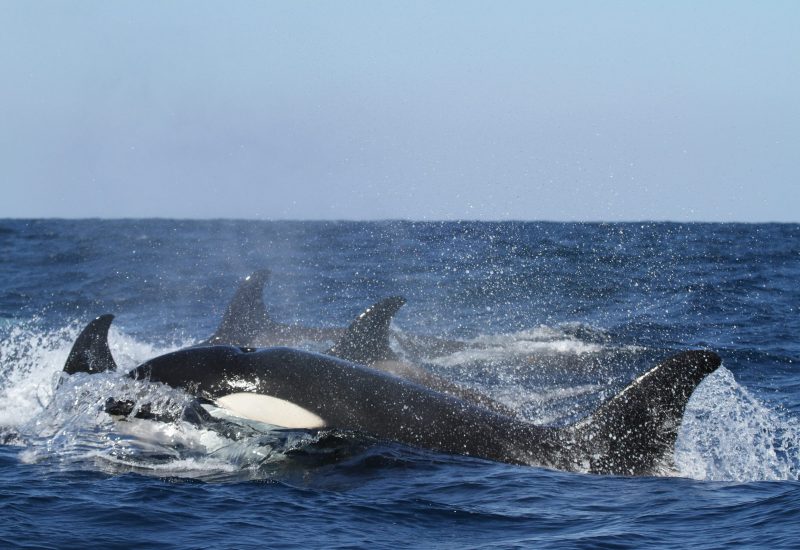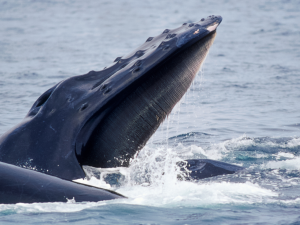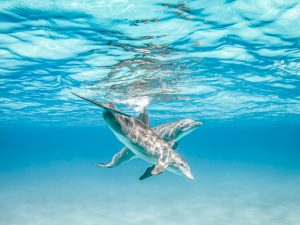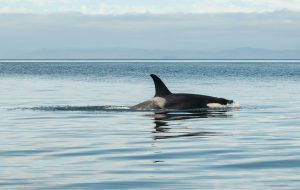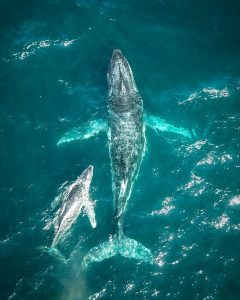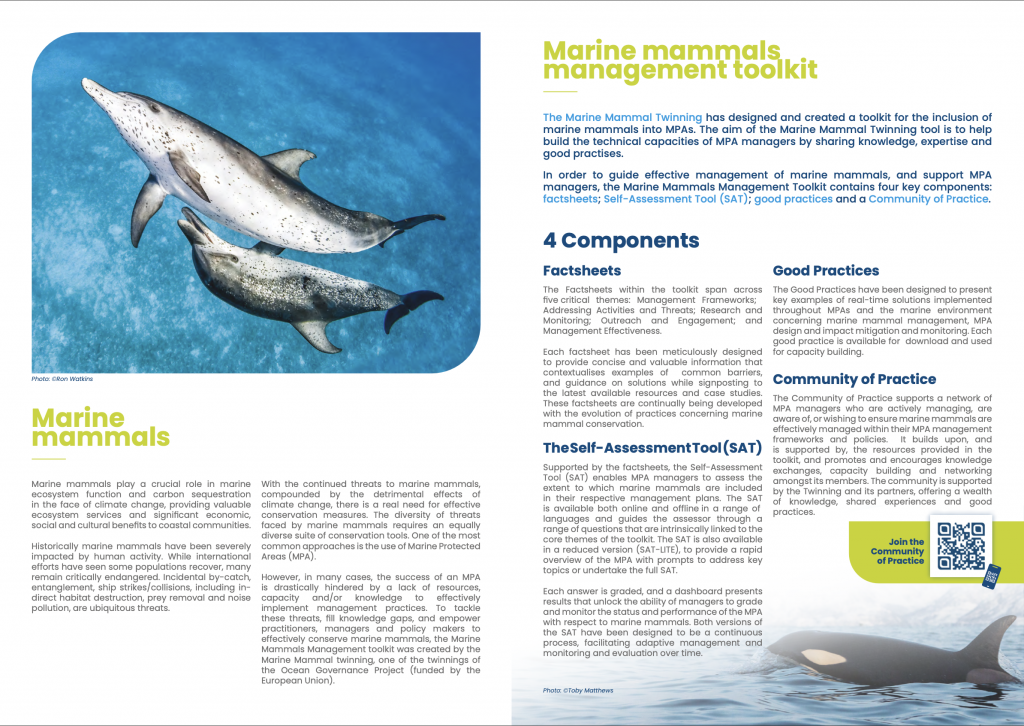In a recent study published by the Advances in Science journal, researchers have found that even minor reductions in cargo vessel speed can have a significant impact on reducing underwater nose levels and the detrimental effects they have on marine mammals. The study emphasizes the urgent need for global actions to mitigate the increasing cumulative impacts of vessel noise on marine wildlife.
Researchers used a vessel exposure simulation model to investigate the potential benefits of reducing vessel source levels through speed restrictions and technological modifications. They discovered that by implementing small reductions in speed, the area exposed to ship noise experienced a marked decrease. These moderate source-level reductions, achievable through slight decreases in vessel speed, offer an immediate solution for reducing cumulative noise impacts from commercial shipping operations.
Fig. 1. Cargo vessel noise alters local ambient soundscape.
(A) Broadband received level (Lp,125ms) of a container ship passing a static passive acoustic recorder (Kattegat, Denmark, 56° 55.139′N, 11° 45.492′E; depth, 35 m; DSG-ST Ocean Acoustic Recorder, Loggerhead Instruments, USA, 96-kHz sampling rate) at a speed of 15.7 knots. (B) Spectrogram of the same vessel pass limited to an upper frequency of 20 kHz (32,768-point Fast Fourier Transform size, Hann window, 50% overlap). Time 0 refers to the closest point of approach (CPA). (C) Received decidecade levels (average Lp,ddec; dB re 1 μPa; ± 30 s around time 0) of the vessel passage, and the median and exceedance levels (L5and L95; the levels exceeded 5 and 95% of the time, respectively) of the ambient noise recorded in the same area over a 2-hour period (Kattegat, Denmark, 56° 54.099′N, 11° 38.891′E; depth, 18 m; DSG-ST Ocean Acoustic Recorder, Loggerhead Instruments, USA). (D) Decidecade spectra weighted by the estimated hearing response of different marine mammal hearing groups (VHF, very high-frequency cetacean; HF, high-frequency cetacean; LF, low-frequency cetacean; PCW, phocid carnivore in water; and OCW, other carnivores in water).
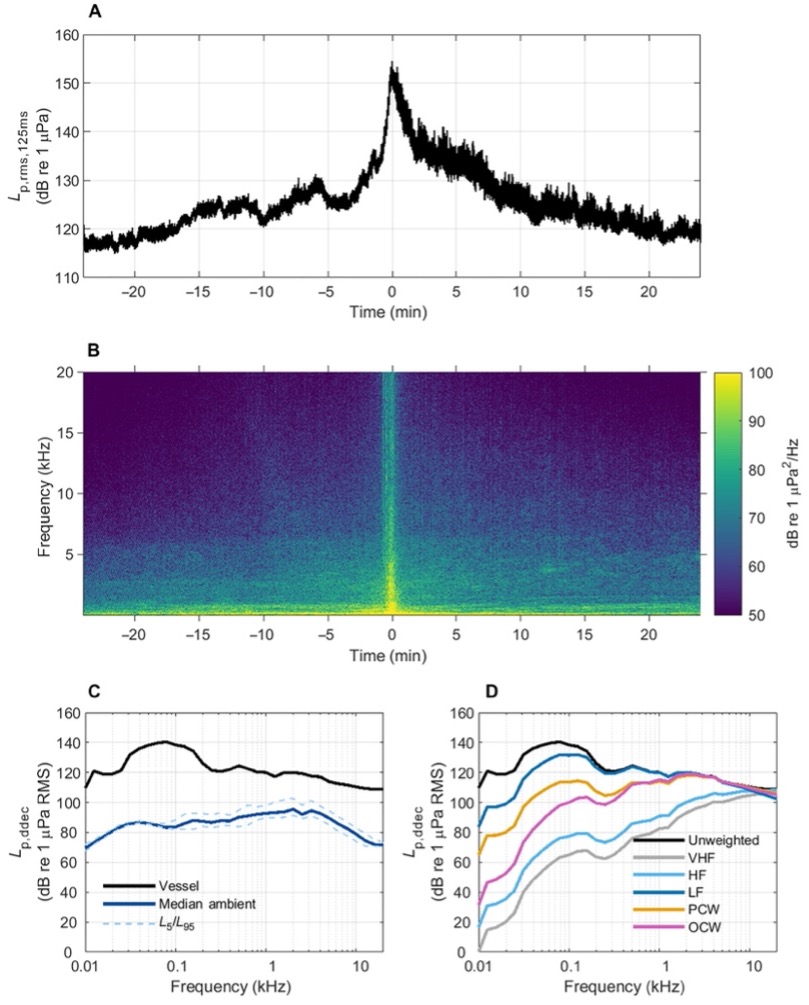
Interestingly, despite the longer time it takes for a slower vessel to pass an animal, slowdowns still result in reduced impacts on marine mammals. This finding challenges the assumption that prolonged exposure to ship noise is necessarily detrimental. By combining vessel slowdowns with other mitigation measures such as rerouting vessels away from critical habitats and implementing technological modifications to reduce noise, the researchers demonstrate that the area and number of animals affected by underwater noise can be further reduced.
The study also highlights the significance of synergistic combinations of mitigation measures. By plotting different combinations of vessel slowdowns and technological modifications on an acoustic footprint diagram, the researchers illustrated how these measures can achieve substantial reductions in cumulative noise levels. This reduction in noise exposure directly decreases the areas exposed to vessel noise and subsequently lowers the probability of noise impacts on marine wildlife.
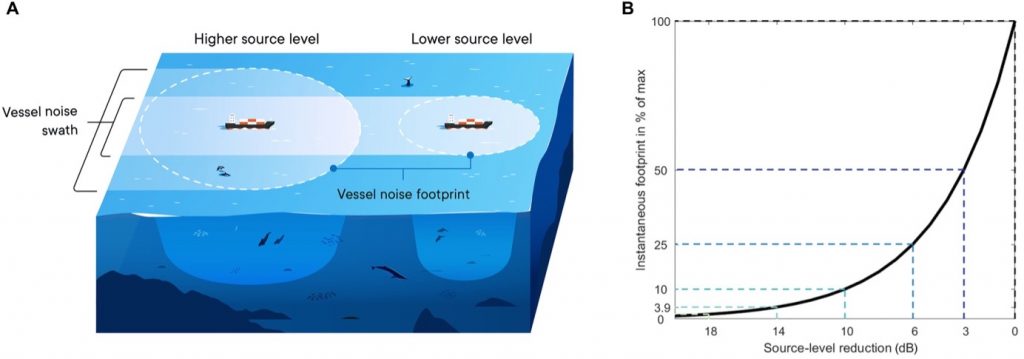
Fig. 2. Source-level reductions reduce the area and volume of water exposed to vessel noise.
(A) Illustration highlighting the spatial extent of the noise radiated from two otherwise identical ships with different source levels (difference of 6 dB). The spatial extent can be expressed not only as the instantaneous surface footprint and the associated exposed volume underneath the vessel but also as the swath created by the vessel as it moves through the habitat. Illustration by Amy Dozier (MaREI, the SFI Research Centre for Energy, Climate and Marine Environment Research Institute, University College Cork). (B) Instantaneous footprint area reduction (as percent of max) as a function of source-level reduction (decibels).
As a result of these findings, the researchers have provided recommendations to mitigate vessel noise impacts on marine mammals. They emphasize the need for global reductions in vessel source levels, which can be achieved through moderate slowdowns of fixed pitch propeller vessels. Additionally, increasing the distance between vessels and marine mammals, where possible, and improving hull and propeller design to reduce cavitation noise are suggested as effective measures. Furthermore, retrofitting or phasing out of older, noisier ship models that contribute disproportionately to global underwater noise could significantly benefit marine wildlife.
Fig. 3. Slowdowns are effective at reducing cargo vessel source levels.
(A) Predicted decidecade source levels (Ls,ddec; dB re 1 μPa m) for a 295-m container ship with a fixed pitch propeller traveling at high speed (20 knots) and then 10 to 50% slower. Gray dashed line indicates the 1-kHz source level that is audible to all marine mammal functional hearing groups. Values used to construct the curves, as well as auditory frequency weighted levels for different groups of marine mammals, can be found in table S1. (B) Predicted source levels in the 1-kHz decidecade (Ls,1kHz) of different cargo vessel classes (container ship, bulker, tanker, and vehicle carrier) of 295-m-length traveling at different speeds.
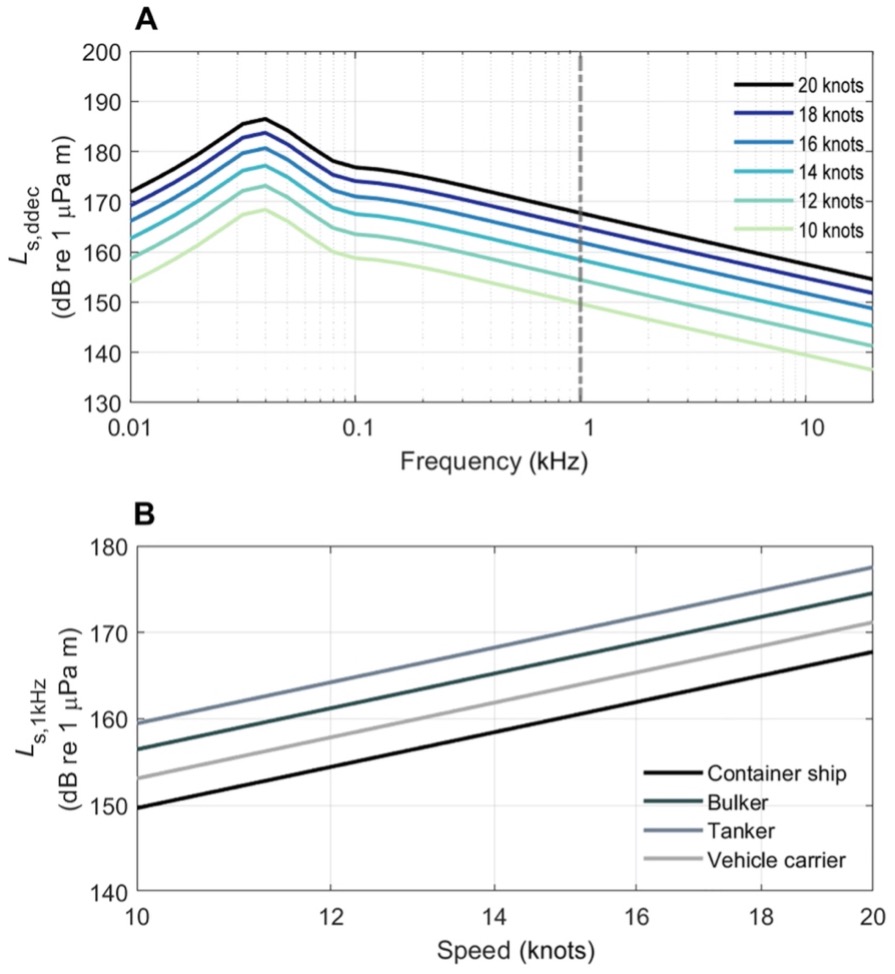
Tex adapted from: Findlay, C. et al., 2023. Small reductions in cargo vessel speed substantially reduce noise impacts to marine mammals. Sci. Adv. 9 eadf2987. DOI:10.1126/sciadv.adf2987

